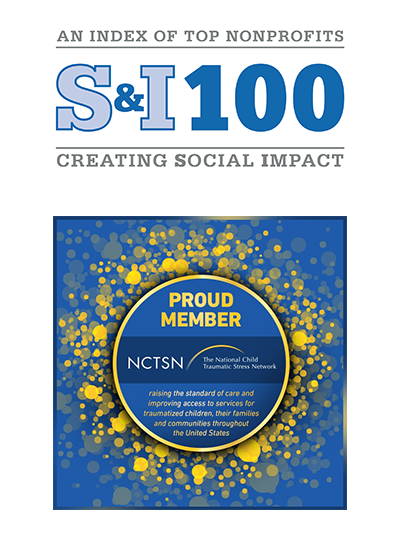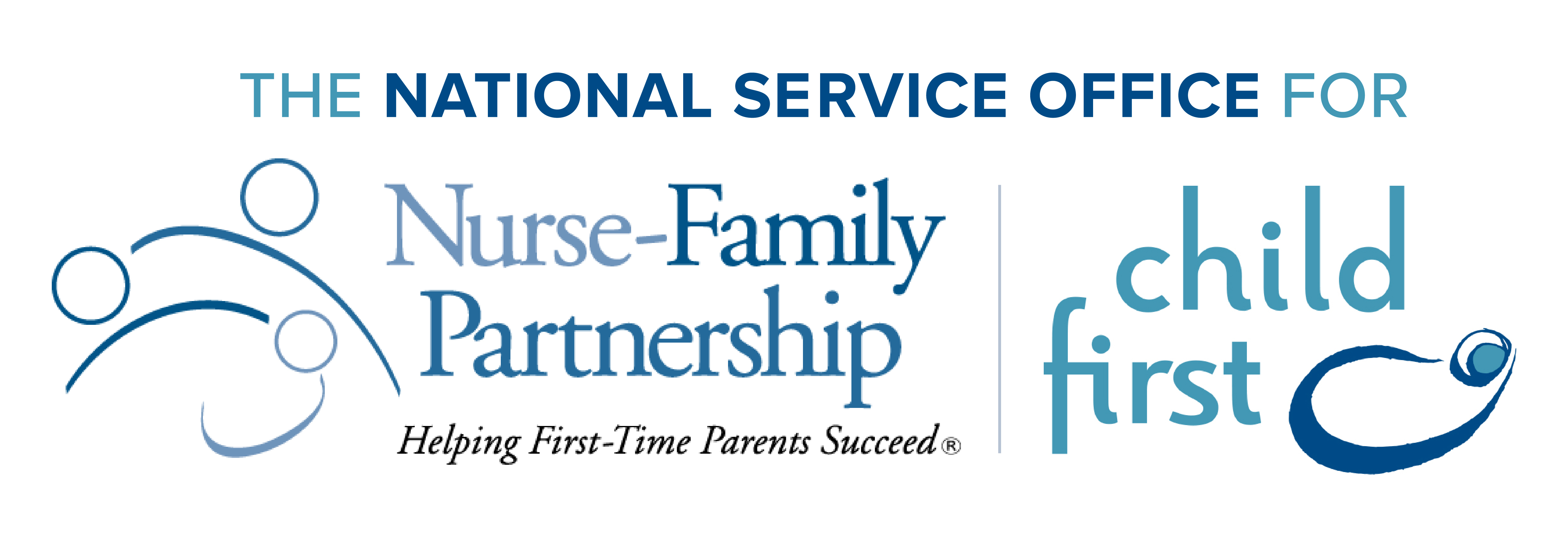The National Program Expands in Colorado
When Mary Lambert explains the techniques employed in the Child First program, she talks about the “double scoop.” It’s a way to break an impasse in communications by talking for the child and for the caregiver about what they are feeling.
To a small child, for example, her mother may appear angry when she’s actually trying to protect her daughter from a dangerous situation, Lambert said. Explaining those feelings to the little girl in a developmentally sensitive way can help her and her mother relate to one another with more openness.
Similarly, explaining to the mother that when the child is acting aggressively, she’s expressing frustration and anxiety and might need reassurance.
Lambert has been a preschool teacher, a foster parent and an early intervention supervisor. She has an MA in clinical mental health and an unwavering commitment to the children experiencing the greatest challenges in the Alamosa, Colorado region where she lives and works. Last year she became a clinician with the new Child First program at the San Luis Valley Behavioral Health Group.
Marisa Gullicksrud, program director for Child First at Invest in Kids in Colorado, said the need for behavioral and mental health services in the state – especially for children – has been unmet for decades and few people are aware of the critical needs of toddlers.
Since traumas such as poverty, violence and neglect in early childhood have lifelong impacts, mental health programs for young children can radically change the trajectory of their lives.
“These kids often develop social, emotional or behavioral disorders,” Gullicksrud said. “Some have developmental delays or learning disorders because their environment creates stressors that affect their well-being.”
Child First is designed to provide intervention for infants, toddlers and young children and their caregivers, strengthening their relationships and building a bridge to the school-based programs they may access later. The national program began in Connecticut and today operates in four states, with plans for broader expansion in Colorado led in partnership by Invest in Kids and the National Service Office for Nurse-Family Partnership and Child First.
In the summer of 2021, four sites began serving families in Colorado. Plans for further growth across the state have already begun.
In the first six months of the program, Gullicksrud said clinicians have treated several children involved in the child welfare and foster care systems.
“We’ve worked on a lot of reunifications with biological families,” she said.
In one case, a caregiver was identified and connected to a child he didn’t know existed. The toddler had been in foster care for 18 months when the Department of Human Services identified her biological father through a paternity test.
“He didn’t know he had a daughter,” Gullicksrud said. “The clinician worked hard to help him create a relationship with the girl and she recently was placed in her father’s care.
“It’s really incredible to accomplish all that in just six months.”
The key is to encourage caregivers to hold the child’s experience in mind as decisions are being made.
When they started working with another dad, Gullicksrud said it appeared he was frustrated, feeling the Child First team was telling him what to do with his kids. Once they began working together, the father understood that they genuinely cared about his experience and perspective.
“They worked hard to establish a relationship and to show him they were on his side,” she said. “Ultimately, he engaged very deeply with the work and showed his vulnerability. He started to understand the impact the mother’s substance abuse had on the kids and he made the kids feel safe in the therapeutic space. He even went on to do his own therapy.”
One in 10 children in Colorado has experienced trauma in early childhood, Gullicksrud said, and families at or below 200% of the federal poverty level are five times more likely to exhibit impacts of trauma.
The state Office of Behavioral Health has been a key partner in the launch of the Child First program, together with philanthropic support. “We couldn’t have launched this in Colorado without the philanthropic dollars,” Gullicksrud said.
Still, the long-term benefits make the program highly cost-effective. Child First has been proven to reduce incidence of involvement in child protective services.
“In this work we see a lot of generational cycles,” Lambert said. “Helping build the relationships between parents and children really can change generations.
“Caregivers and the children need to let down their guard and learn to understand each other’s feelings.
“They need to speak the unspeakable.”
Only then, can they break the cycle of trauma and begin to heal.







